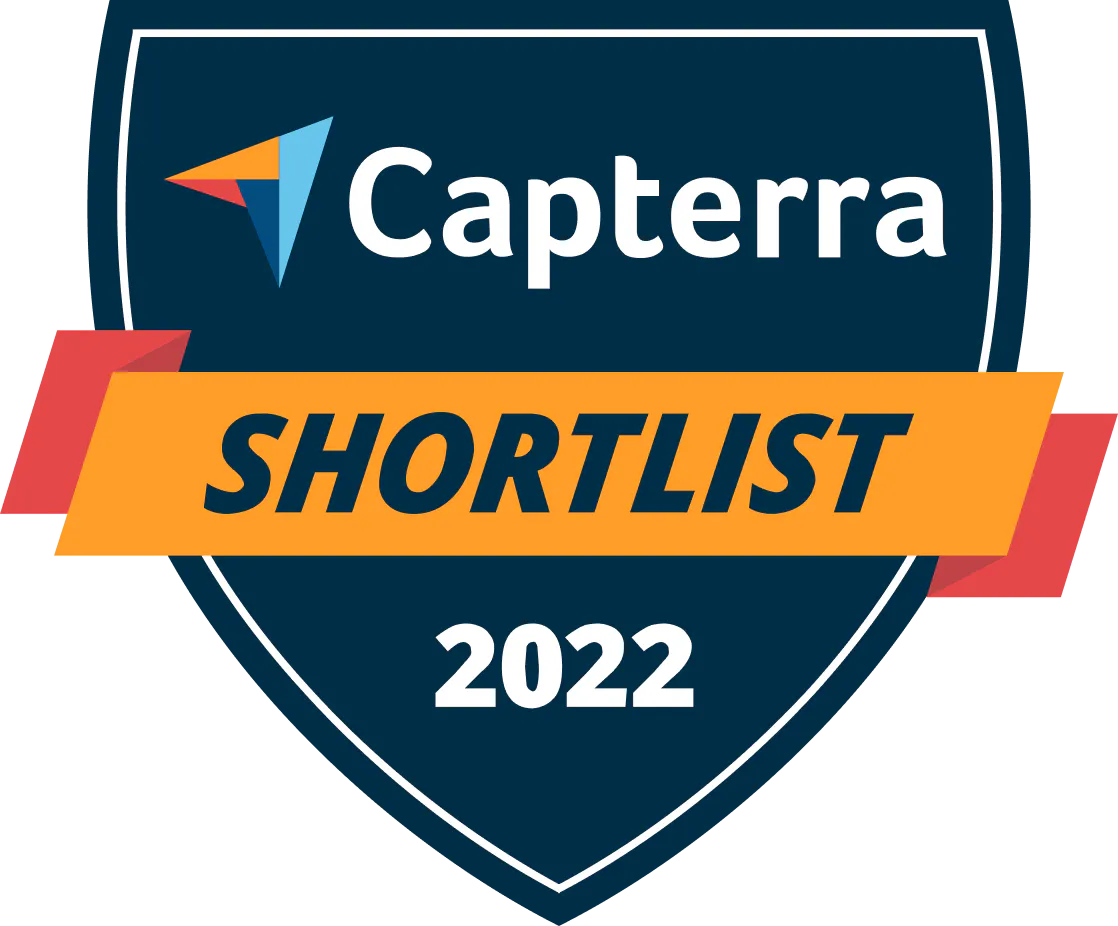Welcome to the UpKeep Learning Center
We are here to help you find anything you need to know.
Filter your results
Showing 21 of 712
Types of Failure Consequences in Maintenance
Failure consequence refers to the impact of a certain failure mode, primarily used in evaluating...
Useful Life | What is Useful Life?
The useful life of an asset is an estimate of how long it will remain...
How do I improve customer experience in my restaurant?
Improving customer experience at your restaurant involves a combination of technology, customer service, and reliability.
What Does a Maintenance Director Do?
Maintenance directors set the direction, strategy, and goals of a maintenance department to ensure that...
Maintenance Engineer | Everything Hiring Managers Need to Know
Maintenance engineers are certified to install and repair types of equipment. They use industrial technology...
Maintenance Mechanics | What You Need to Know
Maintenance mechanics do the optimizing operation of mechanical equipment by performing the maintenance, repairs, and...
Facility Maintenance | What is Facility Maintenance?
Facility maintenance is the process of increasing the utility of a building by regularly servicing...
Machine Maintenance | What is Machinery Maintenance? - UpKeep
Machinery maintenance involves regular servicing of equipment, routine checks, repair work, and replacement of worn...
Wind Farm Maintenance - What To Know
Wind farm maintenance is any process used to keep wind turbines in consistent working order....
What is Mean Time Between Failure MTBF? [Calculation & Examples]
Mean Time Between Failure (MTBF) is a metric that defines the average time that equipment...
Schedule Compliance | What Is Schedule Compliance?
Schedule compliance is a maintenance metric that measures the percentage of time that scheduled work...
Equipment Maintenance Log [Template & Benefits] - UpKeep
An equipment maintenance log is a simple document that records all activities that have been...
What is an Operation and Maintenance Manual?
An operations and maintenance manual details systems-level and equipment-level information to facilitate an efficient O&M...
Predictive Maintenance Definition and Techniques
Predictive maintenance is a type of condition-based maintenance that monitors the condition of assets through...
What's Routine Maintenance? It's Important. Here's Why.
Routine maintenance is the regular inspection and servicing of machines and systems that keep operations...
Industrial Maintenance | What Is Industrial Maintenance?
Industrial maintenance is the application of reliability best practices to increase equipment uptime in a...
Compare Corrective vs Emergency Maintenance
Corrective maintenance occurs during routine inspections and PMs; emergency maintenance occurs in response to hazards.
Reliability Engineer
Reliability engineers are responsible for identifying and managing asset reliability risks, and then working to...
P-F Curve Explained - Everything You Need to Know
A P-F curve is a graph that shows the health of equipment over time to...
What Is Lockout Tagout? 7 Steps to Reach LOTO Safety
Lockout/tagout also known as LOTO refers to safety practices and procedures that ensure dangerous machines...
What Is On-Demand Facilities Management?
On-demand facilities management focuses on delivering facility management support and services in temporary and unusual...
Page 1 of 34
- ...
Filter
4,000+ COMPANIES RELY ON ASSET OPERATIONS MANAGEMENT
Leading the Way to a Better Future for Maintenance and Reliability
Your asset and equipment data doesn't belong in a silo. UpKeep makes it simple to see where everything stands, all in one place. That means less guesswork and more time to focus on what matters.


![[Review Badge] GetApp CMMS 2022 (Dark)](https://www.datocms-assets.com/38028/1673900459-get-app-logo-dark.png?auto=compress&fm=webp&w=347)
![[Review Badge] Gartner Peer Insights (Dark)](https://www.datocms-assets.com/38028/1673900494-gartner-logo-dark.png?auto=compress&fm=webp&w=336)
